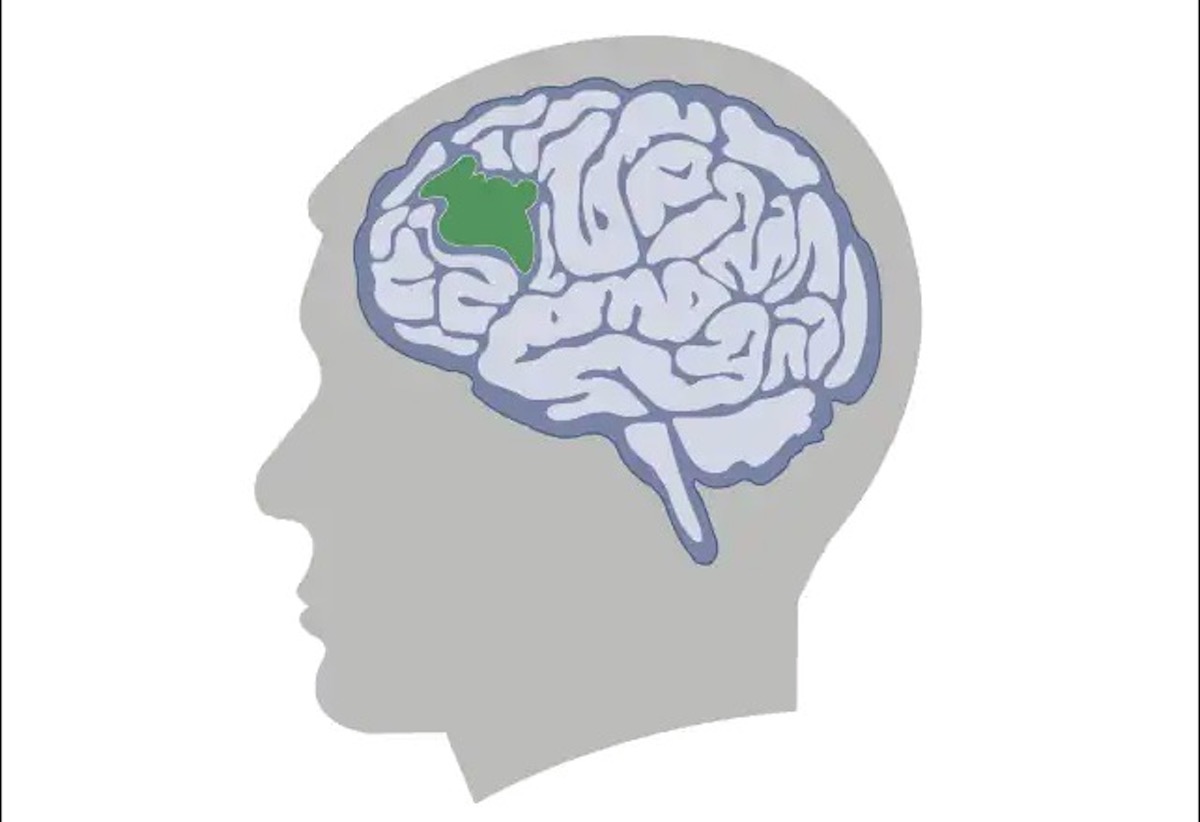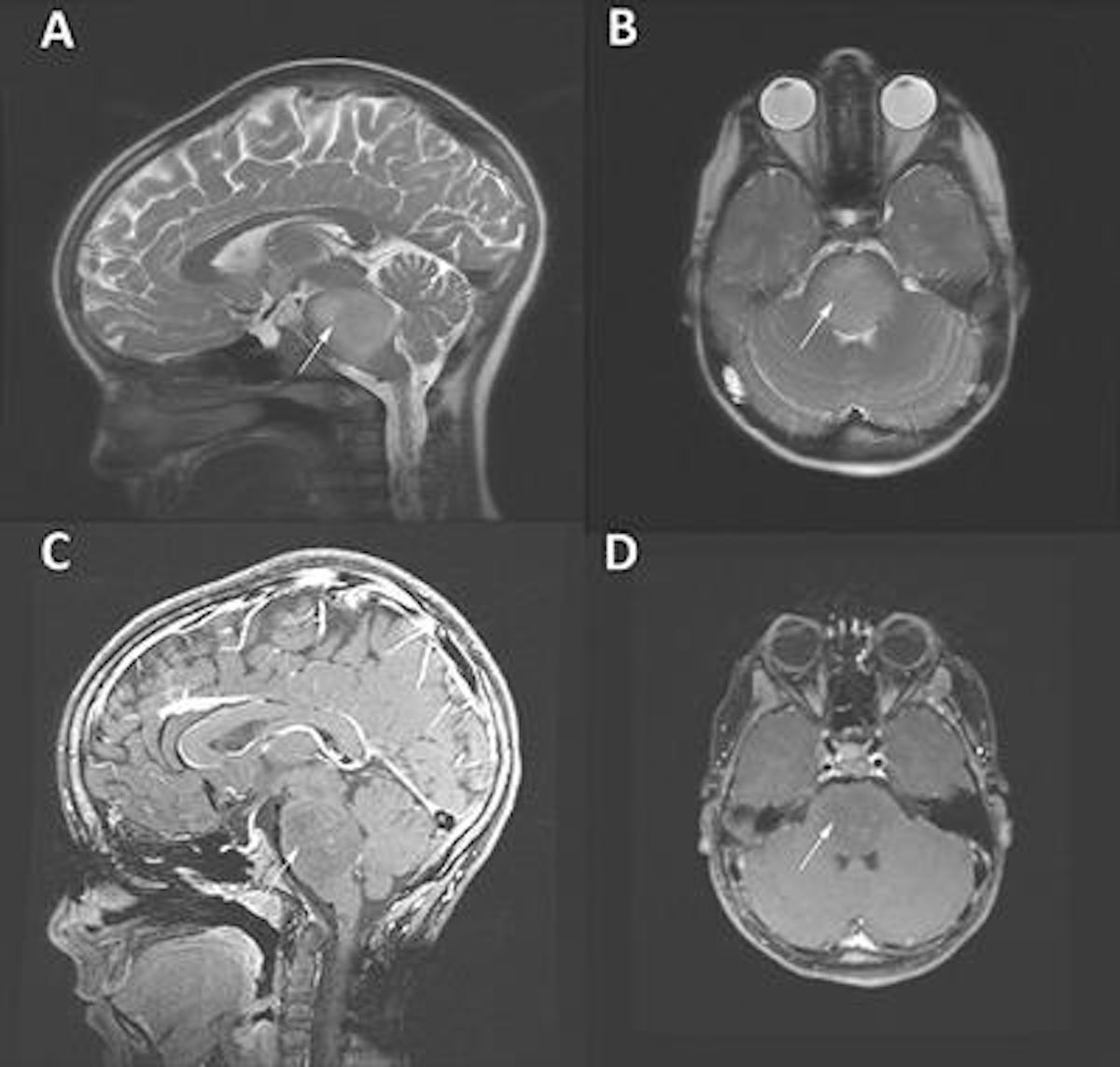Brain tumors are common in the United States, with about 87,000 new cases each year. Sadly, around 16,000 people die from a brain tumor annually. It’s important to be aware of this serious condition, detect it early, and have better treatment options. By understanding the seriousness of brain tumors, we can work towards more research, improved care, and better outcomes for those affected.

Are Brain Cancer and Brain Tumors the Same Thing?
Brain cancer and brain tumors are different but sometimes confused. A brain tumor is an abnormal growth in the brain, which can be harmless or cancerous. Brain cancer is specifically when the tumor is cancerous and invades nearby tissues. Not all brain tumors are cancer. Cancerous brain tumors can spread, while non-cancerous ones don’t. It’s important to get a proper diagnosis from doctors to understand the type and decide the right treatment.
Types of Brain Tumors
In the table below, you’ll find information about different brain tumors. It shows where they can be found in the brain and gives a short description of each type. The table includes common ones like gliomas, meningiomas, pituitary adenomas, medulloblastomas, metastatic tumors, and schwannomas. It’s a quick and clear way to learn about the different brain tumors, where they occur, and what they are like.
| Brain Tumor Type | Location in the Brain | Description |
|---|---|---|
| Glioma | Throughout the brain | Common type of brain tumor originating in glial cells. Includes astrocytomas, oligodendrogliomas, and ependymomas. |
| Meningioma | Covering of the brain | Tumor arising from the meninges, the protective membranes surrounding the brain and spinal cord. Often benign and slow-growing. |
| Pituitary adenoma | Pituitary gland | Tumor in the pituitary gland, which regulates hormone production. Can affect hormone levels and cause various symptoms. |
| Medulloblastoma | Cerebellum | Most common malignant brain tumor in children. Develops in the cerebellum, affecting coordination and balance. |
| Metastatic tumor | Throughout the brain | Secondary tumor that spreads to the brain from cancer originating in other parts of the body. Named after the primary cancer type, such as lung or breast cancer. |
| Schwannoma | Nerves | Tumor originating from Schwann cells, which form the protective covering of nerves. Often occurs on the cranial or peripheral nerves. |
Causes of a Brain Tumor
The causes of brain tumors are often unknown, but some factors can increase the risk. A family history of brain tumors is one important factor. Certain genes, such as NF1, NF2, and Tuberous Sclerosis Complex (TSC), can be inherited and make a person more susceptible to developing brain tumors. However, it’s essential to remember that most brain tumors occur without any known cause or family history. Apart from family history and inherited genes, high levels of radiation exposure can also be a cause of brain tumors. Radiation can come from treatments for other types of cancer or from certain jobs or environments.
Undiagnosed brain tumors can cause many problems as they grow in the brain. These problems include headaches, seizures, changes in vision, trouble speaking or understanding, and coordination issues. The pressure inside the head can increase, leading to severe headaches, feeling sick, being sleepy, and changes in how a person thinks. People may have trouble with their memory, concentration, and moods. The tumors can also affect how a person moves, feels things, and talks. Undiagnosed brain tumors can make life difficult and sometimes dangerous.

Brain Tumor Symptoms
Brain tumors can cause various symptoms, and while they can vary depending on the tumor’s size, location, and effects on the brain, there are some common signs to be aware of. The two most common symptoms are: headaches and seizures. Persistent or severe headaches that may worsen over time or occur in the morning are common symptoms of brain tumors. And sudden and uncontrolled movements or convulsions caused by abnormal brain activity can be a sign. Other symptoms include:
- Changes in vision, such as blurred or double vision.
- Trouble speaking or understanding speech.
- Weakness or numbness in the arms or legs.
- Problems with balance and coordination.
- Memory difficulties or confusion.
- Personality or behavior changes.
- Nausea and vomiting unrelated to other causes.
- Hearing problems or ringing in the ears (tinnitus).
- Fatigue or lethargy.
Please note that all these symptoms can also be related to other conditions, so when in doubt; make sure to contact your professional healthcare provider.
Brain Tumor Staging
Cancer staging can be overwhelming, this is why we made a clear overview of what stages there are for brain tumors and what each stage entails. We’ve also added the most common symptoms for each stage, to give you a good idea of how bad it can be. Please note that these symptoms and descriptions are general indications and can vary from person to person. Also, note that the staging of brain tumors may involve more specific subcategories based on the extent of tumor invasion and lymph node involvement.
Brain Tumor Stages and Common Symptoms
| Stage | Description | Common Symptoms |
|---|---|---|
| Stage I | Small tumor, usually slow-growing, with minimal impact on brain function. | Mild headaches, Occasional seizures, Visual changes |
| Stage II | Tumor growth and infiltration into nearby brain tissue, causing more noticeable symptoms and functional changes. | Frequent and severe headaches, Increased seizures, Difficulty speaking or understanding |
| Stage III | Significant tumor growth, increased pressure on the brain, and potential spread into nearby structures, leading to more pronounced symptoms and functional impairments. | Persistent and intense headaches, Frequent seizures, Memory loss, Weakness or numbness in limbs |
| Stage IV | Advanced stage with aggressive tumor growth, extensive invasion of brain tissue, and potential spread to distant sites. Severe symptoms and rapid functional deterioration are often observed. | - Severe, constant headaches Frequent and severe seizures, Cognitive decline, Progressive weakness or paralysis |
Diagnosing brain tumors involves a series of steps to determine the presence, type, and location of the tumor. It usually begins with a detailed medical history and physical examination by a doctor. Imaging tests such as CT scans or MRI scans help create detailed pictures of the brain, allowing the doctor to identify any abnormal growth. A biopsy may be performed, which involves removing a small sample of the tumor for examination under a microscope to determine if it is cancerous or benign. Additional tests, such as blood tests or lumbar puncture, may be done to gather more information. Once the diagnosis is confirmed, the doctor will determine the tumor’s stage and grade, which helps guide treatment decisions.

Are There Any Treatment Options?
Treatment options for brain tumors depend on several factors, including the type, size, location, and grade of the tumor, as well as the individual’s overall health. Common treatment options include:
- Surgery: The surgical removal of the tumor is often the primary treatment for brain tumors. Surgeons aim to remove as much of the tumor as possible while minimizing damage to healthy brain tissue.
- Radiation therapy: This treatment uses high-energy X-rays or other forms of radiation to target and destroy cancer cells. It may be used before or after surgery or as the main treatment for tumors that are difficult to remove surgically.
- Chemotherapy: Medications are used to kill or slow the growth of cancer cells. Chemotherapy can be given orally or intravenously and may be used in combination with surgery or radiation therapy.
- Targeted therapy: These medications specifically target certain characteristics or vulnerabilities of cancer cells, aiming to disrupt their growth and survival.
- Immunotherapy: This approach boosts the body’s immune system to recognize and attack cancer cells. It can help enhance the body’s natural defenses against the tumor.
- Supportive care: Alongside the primary treatments, supportive care focuses on managing symptoms and improving the quality of life. This may include pain management, rehabilitation services, and psychological support.
What Is the Survival Rate for Brain Tumor Cases?
Maybe the biggest question once you’re diagnosed with a tumor is: “How and can I beat it?” In case you do, It’s good to know about what the 5-year survival rate range per age category.
| Age Category | 5-Year Survival Rate Range |
|---|---|
| Pediatric (0-14) | 60% - 85% |
| Young Adults (15-39) | 40% - 70% |
| Adults (40-64) | 20% - 60% |
| Older Adults (65+) | 10% - 30% |
There are so many ways to treat cancer these days, the above-mentioned are just a few examples. Sometimes they are combined, but it can also happen that these treatments do not help (anymore), so other options should be considered. That’s why it’s essential to do your own extensive online research and stay up to date about new treatments. Have you already been diagnosed with colon cancer, but aren’t satisfied with your treatment plan? Doing a second opinion in another hospital or oncology center is always good. Start your search today:

